What is Arduino Nano board
Arduino Nano board – An Atmega328 based microcontroller
A small, efficient, complete, and breadboard-friendly, based on the ATmega328P, Arduino Nano is just the board you need to create tons of interesting and impressive products. Released in the year 2008, Arduino nano is packed with features that make it easy to use and highly efficient.
Arduino Nano comes with the ability to communicate with other computers, Arduino boards and even other microcontrollers. What makes Arduino Nano one of the most likeable choices is its tiny footprint. This Nano board is merely the length of 45 mm and a width of 18 mm and weighs only 7 grams.

Even though the Nano board shares a wide range of features with the Arduino Duemilanove board, there still exist huge distinctions. One of them being, its packaging and power supply. Arduino Nano lacks any DC jack, thus the power supply is provided using a small USB port or straightly connected to the pins like VCC & GND.
Now, let’s see what further features are packed within this amazing product developed by the Arduino foundations.
Arduino Nano Features
Looking at the technical specifications of the Nano board, we find the following features:
- ATmega328P Microcontroller is from the 8-bit AVR family
- The operating voltage is 5V
- Input voltage (Vin) is 7V to 12V
- Input/Output Pins are 22
- EEPROM is 1 KB
- CLK speed is 16 MHz
- Weight-7g
- The size of the printed circuit board is 18 X 45mm
- Supports three communications like SPI, IIC, & USART
- Flash memory is 32 KB
- SRAM is 2 KB
- Analog i/p pins are 6 from A0 to A5
- Digital pins are 14
- Power consumption is 19 mA
- I/O pins DC Current is 40 mA
Now let us look at the pinout diagram of the Arduino Nano board and go through the official Nano datasheet to further break down this board.
Arduino Nano pinout diagram and datasheet

The Nano pinout diagram explains the digital and analogue pins in the board. But let’s have a closer look:
- Power Pin (Vin, 3.3V, 5V, GND): These pins are power pins. Vin is the input voltage of the board, 5V is the regulated power supply voltage of the nano board, 3.3V is the voltage regulator, GND is the ground pin of the board.
- RST Pin is the reset pin.
- The Nano has 8 analog inputs which measure from ground to 5V. These pins are used to calculate the analog voltage of the board. They are pins A0-A7.
- There are 14 digital pins ( D0 – D13) and they operate at 5V can they all over provide or receive a maximum of 40 mA.
- Further, there are certain pins that have specialised pins namely, Serial Pins (Tx, Rx), PWM, SPI and Inbuilt LED which are used for various other purposes like transmit & receive TTL serial data, providing 8-bit of PWM output etc.
You can even check out the official datasheet released by the Arduino foundation to further understand the specifications and the pins of the Arduino Nano.
See also: What is Arduino Leonardo board ? Everything you need to know
See also: Arduino Distance Measurement Project using ultrasonic Sensor
Let us know what you think about Arduino Nano Board and its features in the comment section below.
If you like this post subscribe our YouTube Channel for IoT video Tutorials.
Start your IoT journey with IoT Basics from IoTDunia.
Reference and Image credits:





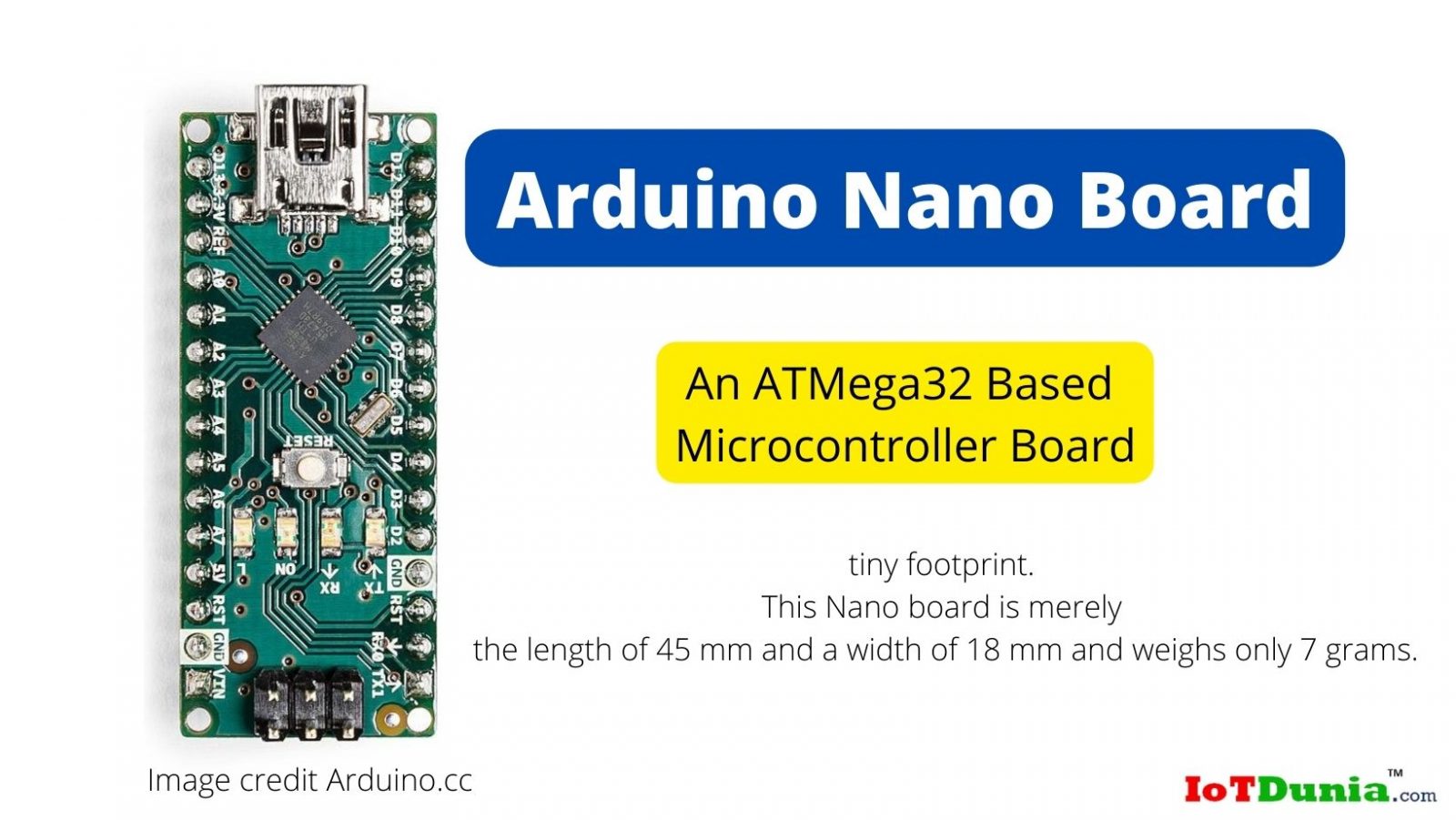
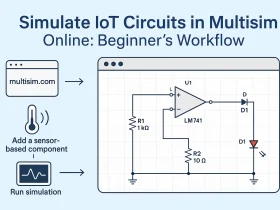
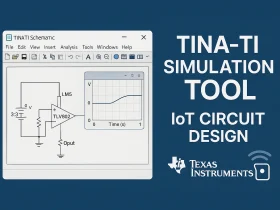
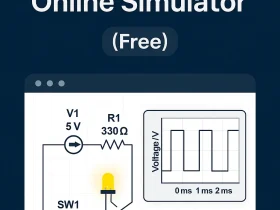
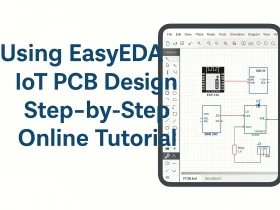
Leave a Review